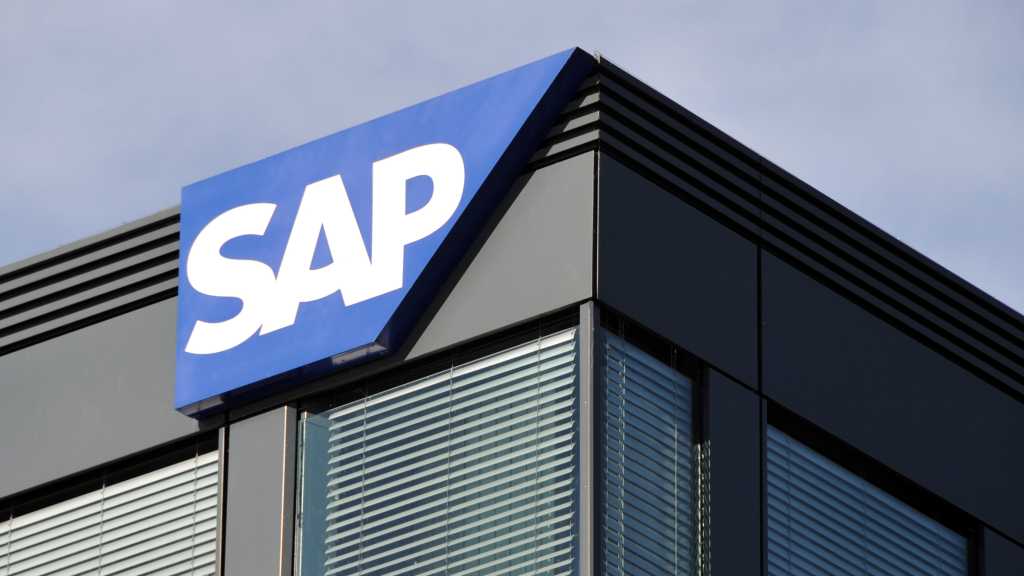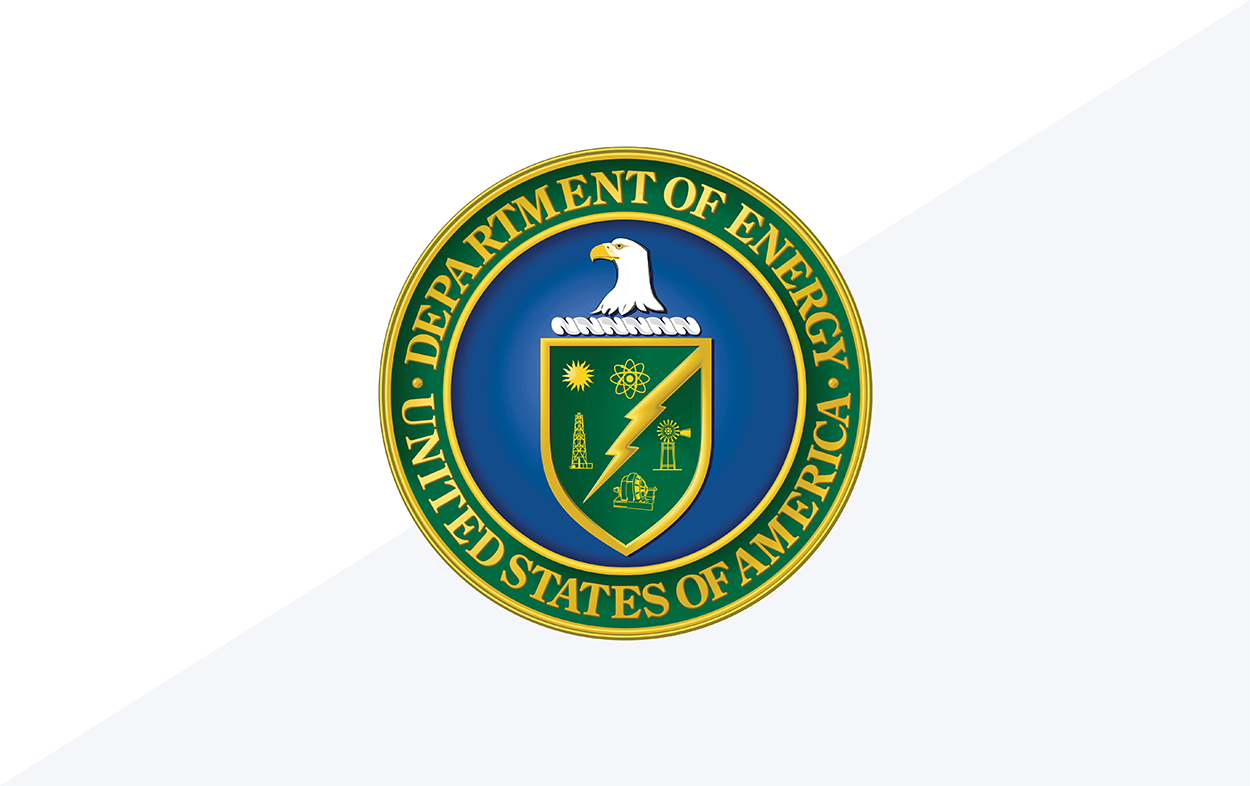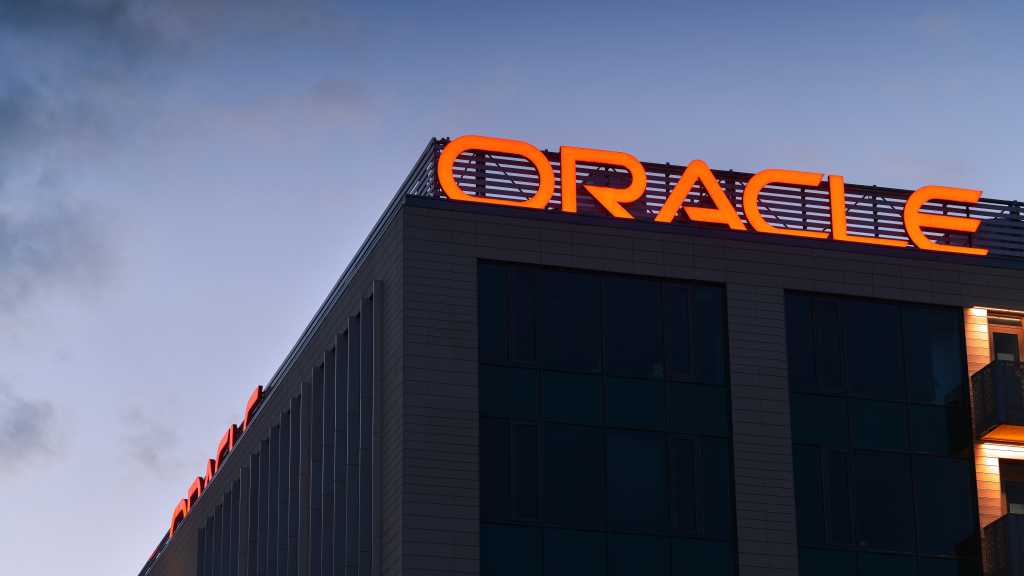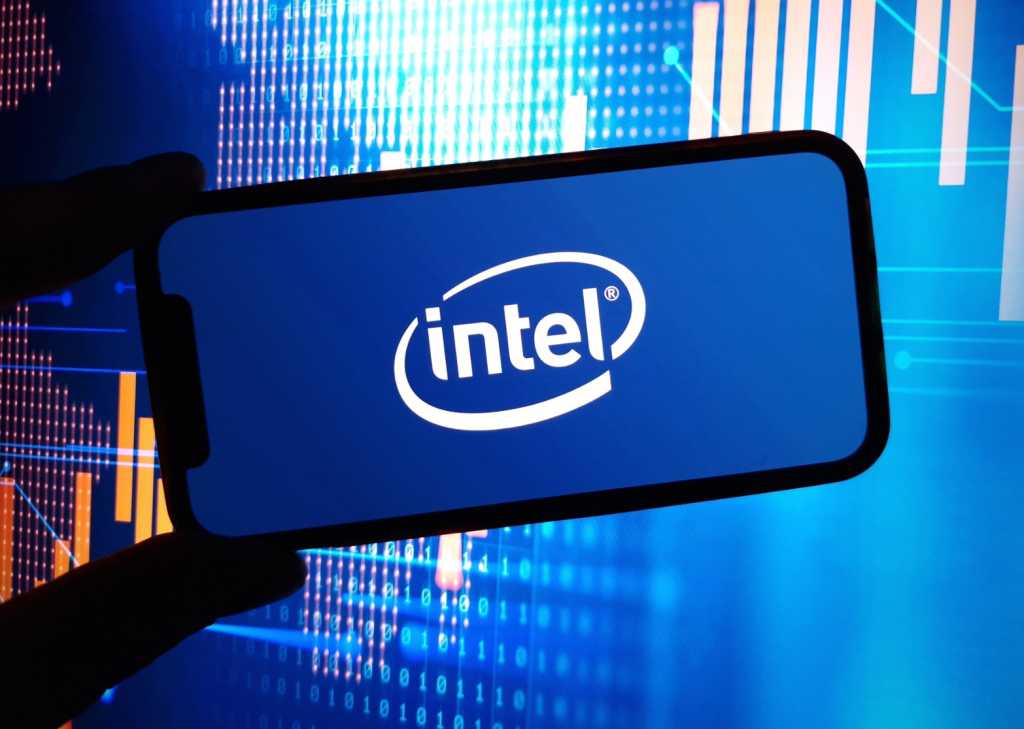Join our daily and weekly newsletters for the latest updates and exclusive content on industry-leading AI coverage. Learn More
Popular AI orchestration framework LlamaIndex has introduced Agent Document Workflow (ADW) a new architecture that the company says goes beyond retrieval-augmented generation (RAG) processes and increases agent productivity.
As orchestration frameworks continue to improve, this method could offer organizations an option for enhancing agents’ decision-making capabilities.
LlamaIndex says ADW can help agents manage “complex workflows beyond simple extraction or matching.”
Some agentic frameworks are based on RAG systems, which provide agents the information they need to complete tasks. However, this method does not allow agents to make decisions based on this information.
LlamaIndex gave some real-world examples of how ADW would work well. For instance, in contract reviews, human analysts must extract key information, cross-reference regulatory requirements, identify potential risks and generate recommendations. When deployed in that workflow, AI agents would ideally follow the same pattern and make decisions based on the documents they read for contract review and knowledge from other documents.
“ADW addresses these challenges by treating documents as part of broader business processes,” LlamaIndex said in a blog post. “An ADW system can maintain state across steps, apply business rules, coordinate different components and take actions based on document content — not just analyze it.”
LlamaIndex has previously said that RAG, while an important technique, remains primitive, particularly for enterprises seeking more robust decision-making capabilities using AI.
Understanding context for decision making
LlamaIndex has developed reference architectures combining its LlamaCloud parsing capabilities with agents. It “builds systems that can understand context, maintain state and drive multi-step processes.”
To do this, each workflow has a document that acts as an orchestrator. It can direct agents to tap LlamaParse to extract information from data, maintain the state of the document context and process, then retrieve reference material from another knowledge base. From here, the agents can start generating recommendations for the contract review use case or other actionable decisions for different use cases.
“By maintaining state throughout the process, agents can handle complex multi-step workflows that go beyond simple extraction or matching,” the company said. “This approach allows them to build deep context about the documents they’re processing while coordinating between different system components.”
Differing agent frameworks
Agentic orchestration is an emerging space, and many organizations are still exploring how agents — or multiple agents — work for them. Orchestrating AI agents and applications may become a bigger conversation this year as agents go from single systems to multi-agent ecosystems.
AI agents aree an extension of what RAG offers, that is, the ability to find information grounded on enterprise knowledge.
But as more enterprises begin deploying AI agents, they also want them to do many of the tasks human employees do. And, for these more complicated use cases, “vanilla” RAG isn’t enough. One of the advanced approaches enterprises have considered is agentic RAG, which expands agents’ knowledge base. Models can decide if they needs to find more information, which tool to use to get that information and if the context it just fetched is relevant, before coming up with a result.
Daily insights on business use cases with VB Daily
If you want to impress your boss, VB Daily has you covered. We give you the inside scoop on what companies are doing with generative AI, from regulatory shifts to practical deployments, so you can share insights for maximum ROI.
Read our Privacy Policy
Thanks for subscribing. Check out more VB newsletters here.
An error occured.




















